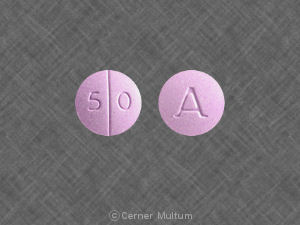Phrenilin Interactions
There are 651 drugs known to interact with Phrenilin (acetaminophen/butalbital), along with 14 disease interactions, and 2 alcohol/food interactions. Of the total drug interactions, 43 are major, 563 are moderate, and 45 are minor.
- View all 651 medications that may interact with Phrenilin
- View Phrenilin alcohol/food interactions (2)
- View Phrenilin disease interactions (14)
Most frequently checked interactions
View interaction reports for Phrenilin (acetaminophen / butalbital) and the medicines listed below.
- Adderall (amphetamine / dextroamphetamine)
- albuterol
- Allegra (fexofenadine)
- Citrucel (methylcellulose)
- docusate
- Estradiol Patch (estradiol)
- Fioricet (acetaminophen / butalbital / caffeine)
- gabapentin
- ibuprofen
- Klonopin (clonazepam)
- Lamictal (lamotrigine)
- levothyroxine
- Levsin (hyoscyamine)
- Lipitor (atorvastatin)
- lisinopril
- Milk of Magnesia (magnesium hydroxide)
- multivitamin
- Omega 3-6-9 Complex (omega-3 polyunsaturated fatty acids)
- omeprazole
- prednisone
- Prilosec (omeprazole)
- Prozac (fluoxetine)
- Senna Lax (senna)
- Synthroid (levothyroxine)
- trazodone
- Tums Extra Strength 750 (calcium carbonate)
- Vitamin B12 (cyanocobalamin)
- Vitamin D3 (cholecalciferol)
- Xanax (alprazolam)
- Zofran (ondansetron)
Phrenilin alcohol/food interactions
There are 2 alcohol/food interactions with Phrenilin (acetaminophen / butalbital).
Phrenilin disease interactions
There are 14 disease interactions with Phrenilin (acetaminophen / butalbital) which include:
- alcoholism
- liver disease
- acute alcohol intoxication
- drug dependence
- liver disease
- porphyria
- rash
- respiratory depression
- PKU
- adrenal insufficiency
- depression
- hematologic toxicity
- osteomalacia
- paradoxical reactions
More about Phrenilin (acetaminophen / butalbital)
- Phrenilin consumer information
- Compare alternatives
- Reviews (1)
- Drug images
- Side effects
- Dosage information
- During pregnancy
- Drug class: analgesic combinations
Related treatment guides
Drug Interaction Classification
| Highly clinically significant. Avoid combinations; the risk of the interaction outweighs the benefit. | |
| Moderately clinically significant. Usually avoid combinations; use it only under special circumstances. | |
| Minimally clinically significant. Minimize risk; assess risk and consider an alternative drug, take steps to circumvent the interaction risk and/or institute a monitoring plan. | |
| No interaction information available. |
See also:
Further information
Always consult your healthcare provider to ensure the information displayed on this page applies to your personal circumstances.


